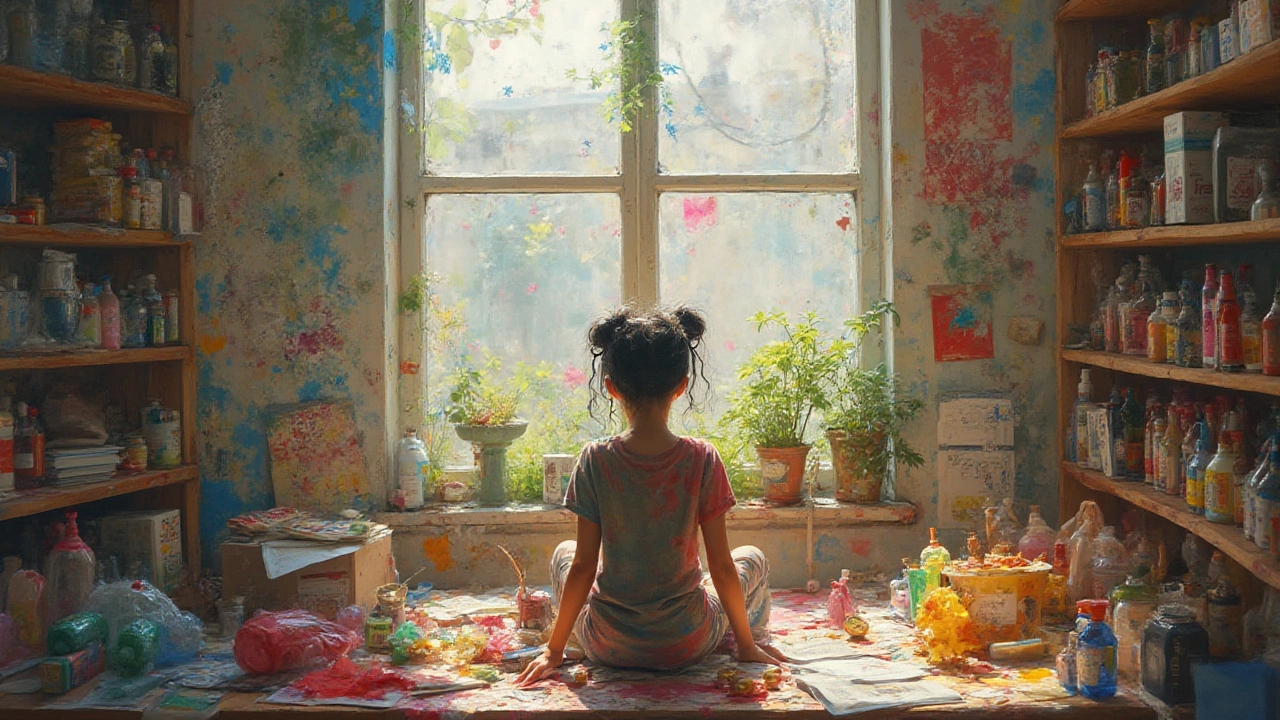Low‑Budget Sculpture Materials: Build Great Art on a Shoestring
You don’t need a massive budget to make a sculpture that looks professional. A lot of artists start with stuff you already have at home or can pick up for pennies. Below are the most useful, inexpensive materials and where to snag them.
Cheap Everyday Items You Can Sculpt With
Cardboard and paper tubes – Cut, fold, and glue them into arches, columns, or even abstract forms. A hot‑glue gun makes the joints sturdy, and decorative paper or paint adds polish.
Plaster of Paris – Mix with water, pour into silicone molds or shape by hand. It hardens fast and gives a solid finish. A little powder goes a long way, so buy bulk for the best price.
Papäier‑mäché – Tear newspaper, soak in a mixture of glue and water, then layer over a wire armature. It’s lightweight, cheap, and perfect for outdoor pieces when sealed.
Air‑dry clay – Unlike traditional kiln‑fired clay, it dries on its own. You can find small packs for under $5, and it works well for detail work.
Wire and coat hangers – Twist them into armatures, then cover with any of the above materials. They’re cheap, flexible, and strong enough for medium‑size projects.
Found objects – Think bottle caps, broken toys, scrap wood, or even old electronics. Glue them together for a mixed‑media sculpture that tells a story.
Where to Find Budget‑Friendly Supplies
Start with thrift stores. They often have cheap wood, metal bits, and even leftover craft supplies. A quick trip can net you a ton of material for under $10.
Check hardware stores for plaster, wire, and even inexpensive paints. Look for clearance aisles – you’ll be surprised how much they discount.
Online marketplaces like eBay or local classifieds have bulk packs of clay, plaster, and glue at rock‑bottom prices. Set a weekly alert for “bulk plaster” or “air dry clay” to catch deals.
Don’t overlook recycling centers. Clean cardboard, plastic bottles, and scrap metal can become the backbone of a sculpture. Ask the staff if you can take items that would otherwise be thrown away.
Finally, keep an eye on school art departments. When semesters end, they often discard leftover supplies. A polite ask can score you bags of paper mâché paste or paint tubes for free.
Now that you know what to use and where to get it, start small. Build a simple armature with wire, cover it in papier‑mâché, and paint with cheap acrylics. Experiment, make mistakes, and learn what works for your style.
Remember, the value of a sculpture isn’t measured by the cost of its ingredients but by the ideas it carries. With these low‑budget materials, you can focus on creativity without worrying about the price tag.
Got a favorite cheap material that isn’t on this list? Share it in the comments – the art community thrives on fresh, affordable ideas.
